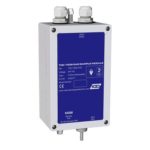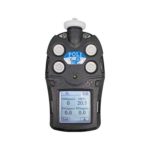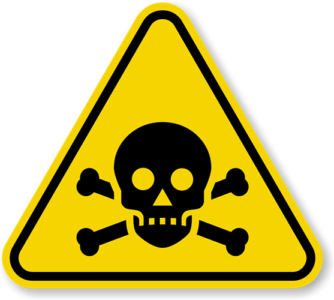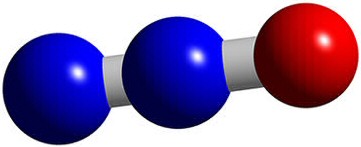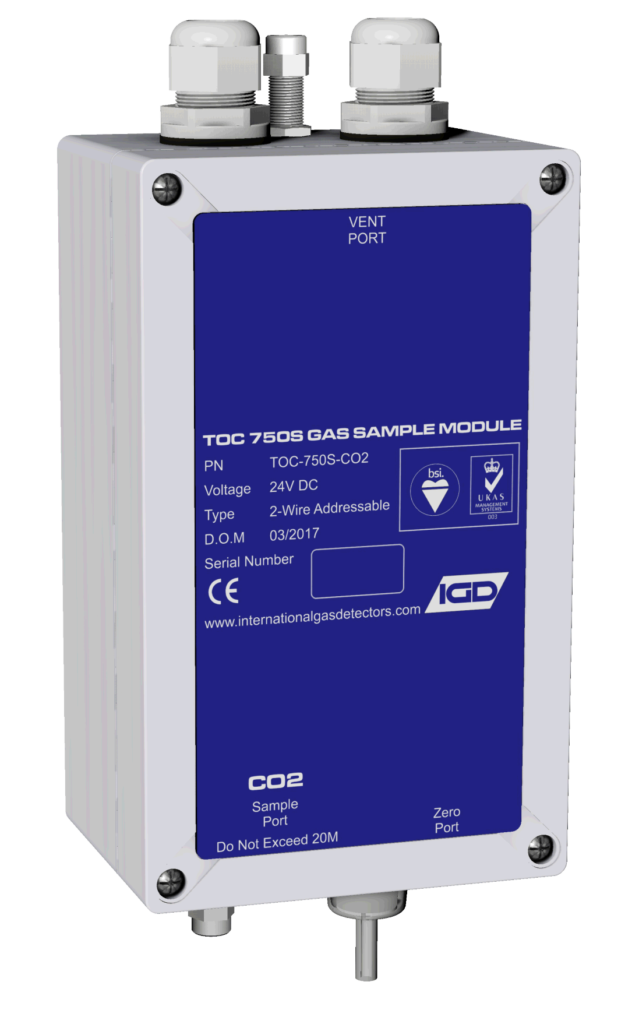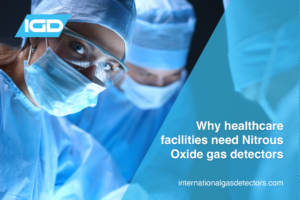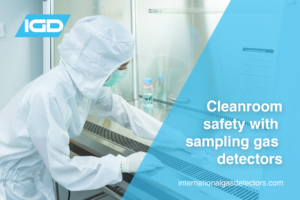Nitrous Oxide or N2O is also known as ‘laughing gas’ due to its euphoric effect when inhaled. It is commonly used as an anaesthetic or analgesic gas in surgery and dentistry. N2O is an oxide of Nitrogen and is also used as an oxidiser in rockets and to increase power output when injected into internal combustion engines. At high temperatures N2O is a powerful oxidiser similar to molecular Oxygen. The gases euphoric effect has also led to its recreational use in some quarters. Following this, it is also difficult to monitor for N2O. However we have a the perfect solution for your nitrous oxide detector.
- The World Health Organisation list Nitrous Oxide on its list of essential medicines
- Nitrous Oxide is 1.5 times heavier than air
N2O As a Pollutant:
Nitrous Oxide in combination with Oxygen reacts to Nitric Oxide (NO) which in turn reacts with Ozone, it is one of the main naturally occurring regulators of Stratospheric Ozone. Over a 100 year period it is up to 310 times the global warming impact of Carbon Dioxide (CO2). This makes it a major air pollutant and greenhouse gas.
Nitrous Oxide is also approved as a food additive (E942). It’s most common use in the food industry is as a propellant in whipped cream, fat sprays and packaging for snacks such as crisps. In food packaging applications N2O inhibits bacterial growth.
Health Effects:
The major safety hazards of Nitrous Oxide come from the fact that it is a compressed liquefied gas, an asphyxiation risk, and a dissociative anaesthetic.
Exposure to N2O causes short-term decreases in the following:
- mental performance
- audiovisual ability
- manual dexterity.
Abusing the gas can lead to oxygen deprivation resulting in loss of blood pressure, fainting and even heart attacks.

